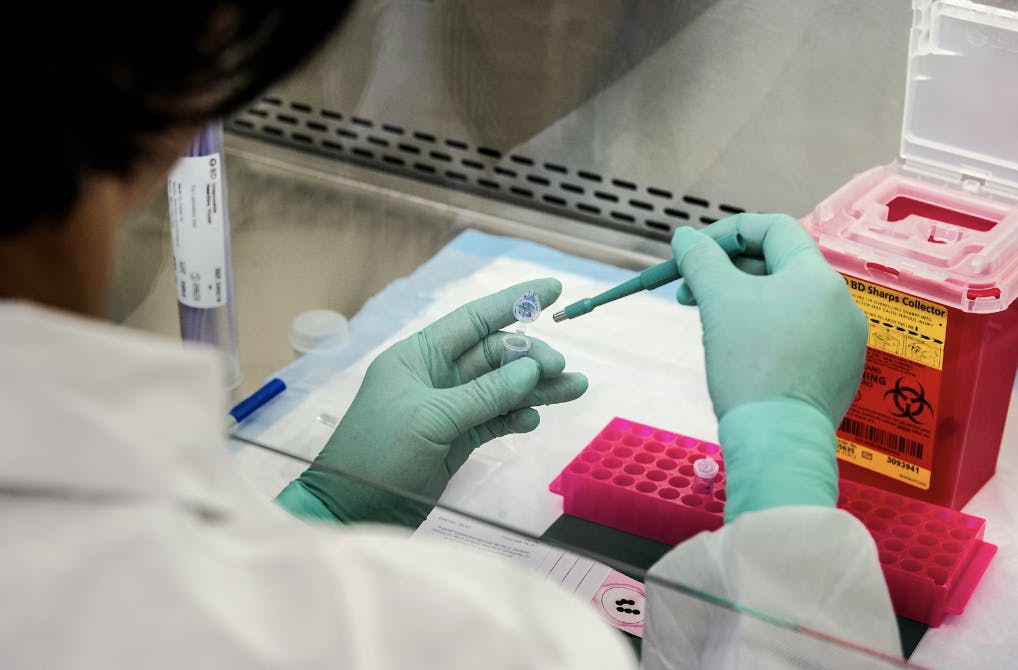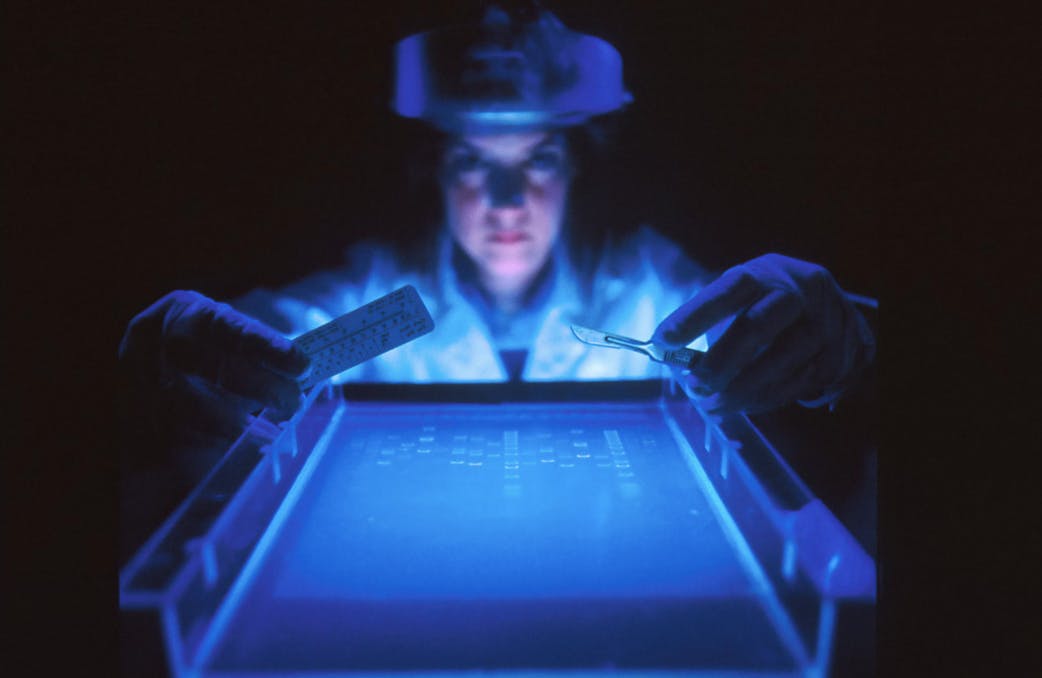TLDR Science: RNA-Seq Analysis: The Fascinating World Inside Our Cells
By Aya D.
October 27, 2023 · 2 minute read
Biology
Biological Engineering
Data Science
1. What is RNA?
Most of us have heard about DNA – it’s the blueprint for all living things. Well, RNA is like DNA’s cousin. If DNA is the recipe book of our cells, RNA is the chef who reads the recipes and helps make things happen. RNA turns the information in our DNA into action, helping to make proteins that our bodies need to function.
2. Why Study RNA?
By studying RNA, scientists can understand what's going on in our cells at any given time. It's like listening to the chatter in a busy kitchen. The chefs (or RNAs) are talking about the dishes they're making, how fast they're cooking, and which ingredients they're using. By listening to this chatter, we can learn a lot about the health and function of the kitchen, or in our case, the cell.

3. What is RNA-Seq Analysis?
"RNA-Seq" is short for "RNA sequencing." It's a technique that lets scientists take a snapshot of all the RNA present in a cell at a particular moment. Imagine you could hear every conversation in a room all at once and then write it all down to analyze later. That's sort of what RNA-Seq does, but for our cells.
4. How Does RNA-Seq Work?
Without getting too technical:
1. Collection: Scientists take a sample from a living organism, like a piece of plant, a drop of blood, or a swab from inside your cheek.
2. Extraction: They extract all the RNA from this sample.
3. Reading the RNA: Using super cool machines, they "read" or "sequence" the RNA, turning it into data that can be analyzed on a computer.
4. Analysis: Scientists use computer programs to sort through this massive amount of data. They look for patterns, changes, or anything unusual that might tell them more about the cell's health or function.

5. Why Is RNA-Seq So Cool?
Imagine you're trying to solve a mystery in a big city, and you have the power to listen to everyone's conversations at the same time. By doing so, you can find clues, understand what's happening, and maybe even prevent something bad from happening. That's the power of RNA-Seq for scientists. They can learn about diseases, find new treatments, and understand more about the mysteries of life.
6. In Conclusion
The world inside our cells is bustling with activity, and RNA-Seq is one of the tools that help us peek inside. It's like a super-microphone that listens to the life of our cells. So, the next time you hear about a breakthrough in medicine or biology, remember: it might have started with a tiny piece of RNA and a scientist curious enough to listen.
Did you enjoy this article?
About The Author
A bit of a nerd when it comes to biology.